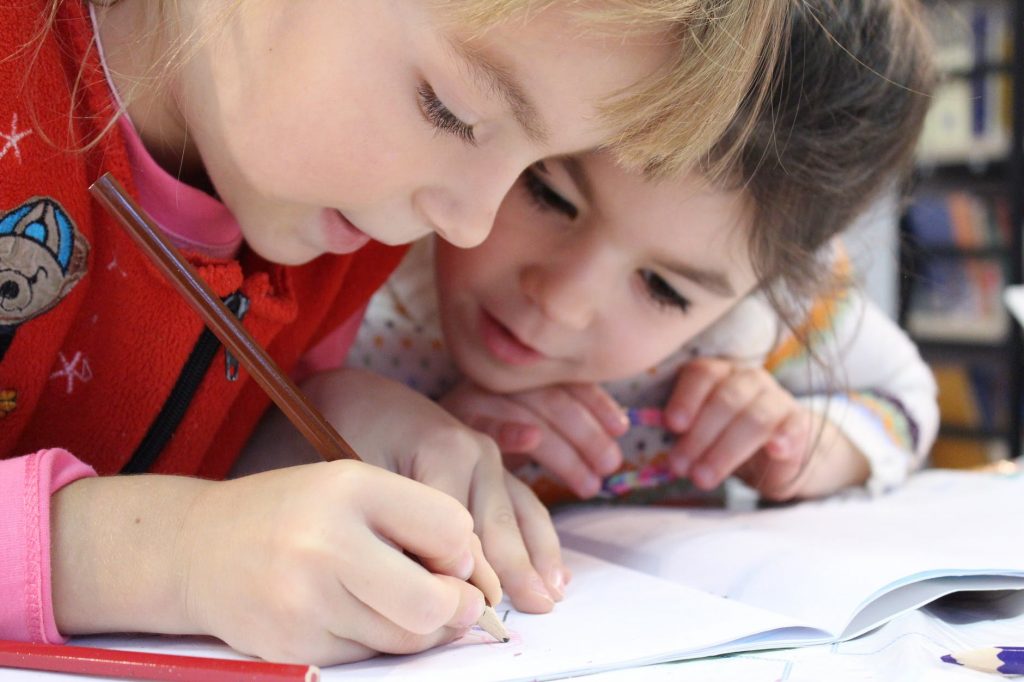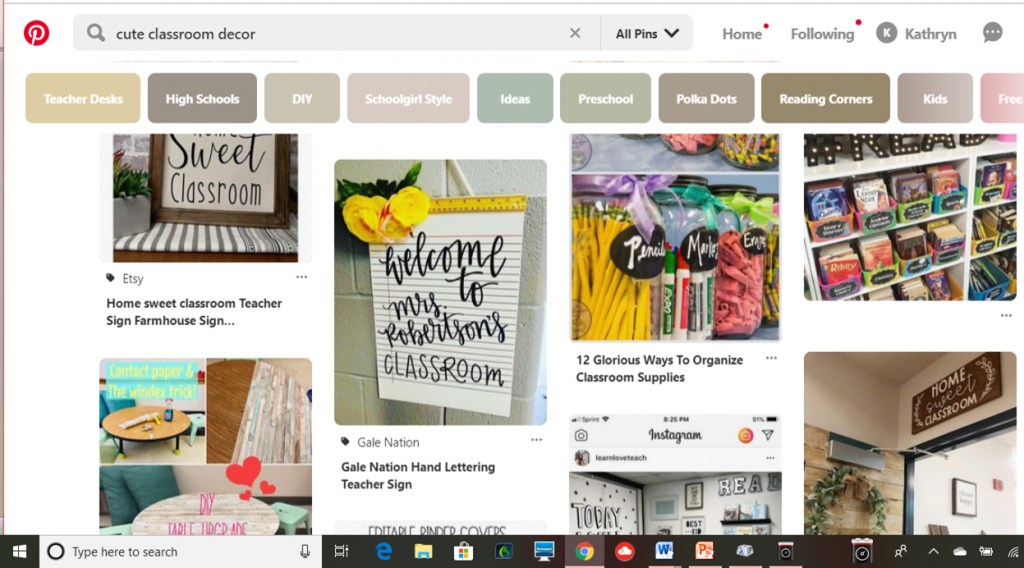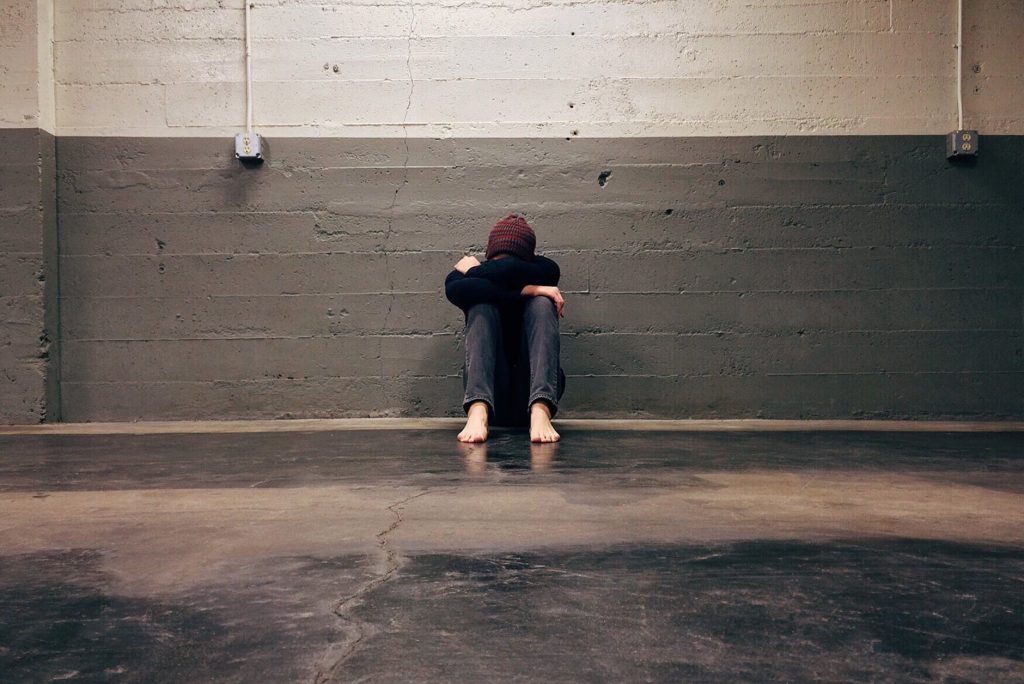Edutopia recently posted an article on handwriting. (https://www.edutopia.org/article/how-teach-handwriting-and-why-it-matters ) The article does an excellent job of explaining how handwriting supports learning to read, and what happens in the brain when we write by hand.

I currently live in an area where school districts have committed to being paperless. Curriculum directors have told teachers that it is pointless to teach children to memorize facts like math facts, or to learn to write using paper and pencil. Why? They said children are living in such a technological society that all facts will be available through phones or other devices and everyone will keyboard instead of write.
By contrast, the very expensive Waldorf schools generally limit any technological devices. They do not have a one-to-one program. Technology in grades K-8 is often limited to just a few devices used for special research. The schools recommend parents limit technology use as well.
Who would send their children to such a school? Many children have parents who work in Silicon Valley, at Google, or Microsoft. Granted, those parents can afford the tuition – tuition equivalent to many mid-westerners total yearly net pay. But it is far more than being about how exclusive the school is.
View a 10 minute video filmed by CNBC about these tech-free schools: https://www.youtube.com/watch?v=eAZ-fuWdz8M
Organizations like the American Heart Association and the Mayo Clinic recommend limiting screen time drastically. They say studies show that US children in elementary school, on average, spend more than seven hours per day focused on screens. The result is obesity, poor social skills, irregular sleep patterns, and behavior problems.
“Screen time” is defined by a person watching TV, using a computer, and using one’s phone.
Guidelines synthesized from several sources say screen time should be limited:
- Ages 0-2 years no screen time
- Ages 3-4 years no more than one hour per day
- Ages 5-10 years one to one and a half hours per day
- Ages 11-13 years up to 2 hours per day
I can imagine the shocked gasps from people reading those numbers. So many public schools have students in those age brackets using more than the recommended amount of screen time.
What would schools do without having students using technology? That takes us back to the article about the advantages of teaching handwriting.
I have my own experience with what happens when schools do not teach handwriting.
Several years ago I volunteered in a fourth grade classroom. The teacher was trying to differentiate math. I was asked to work with a group of children who were struggling with double digit multiplication.
What I discovered shocked me.
- They did not know multiplication was serial addition – 9 X 4 = 9+9+9+9
- They did not know multiplication facts
- They did not understand place value
- They were unable to write a single numeral in a one inch square on one inch graph paper.
That last point is one I would add to the Edutopia article on handwriting: If one cannot write well enough to form legible numerals, math will be significantly difficult.

The Iowa Reading Resource Center sent out a letter in May 2019. It says, in part, “The absence of standards for learning to write in print or cursive may have communicated to educators and families that handwriting is no longer relevant.”
The letter stresses the importance of teaching handwriting skills in literacy development.
You can read the Iowa Reading Research Center’s letter here: https://iowareadingresearch.org/blog/importance-handwriting-instruction
I highly recommend that teachers read the letter and begin having a discussion with curriculum leaders about how schools can reintroduce handwriting. It may really make a difference in children’s lives.







